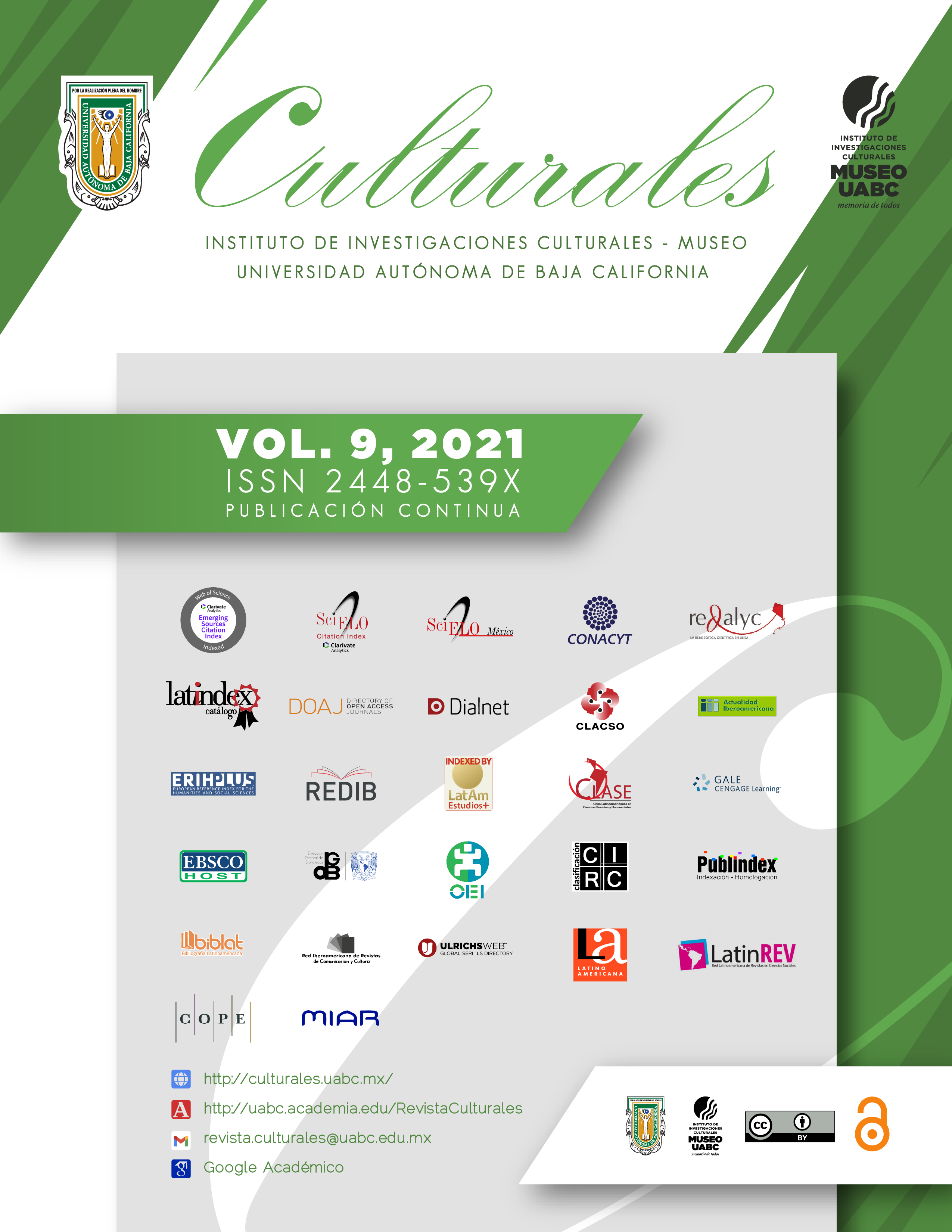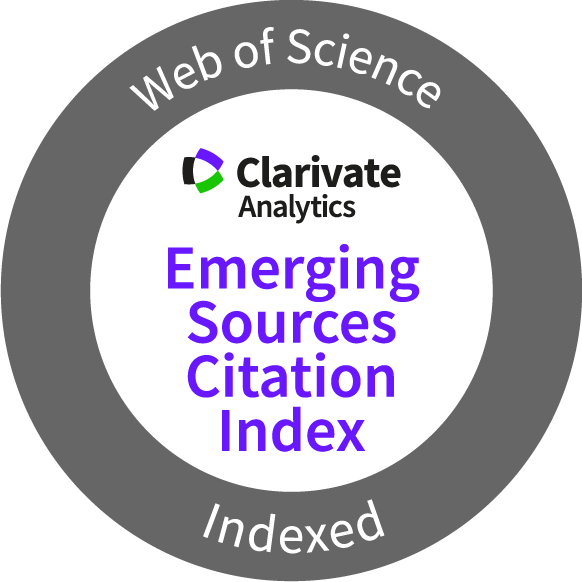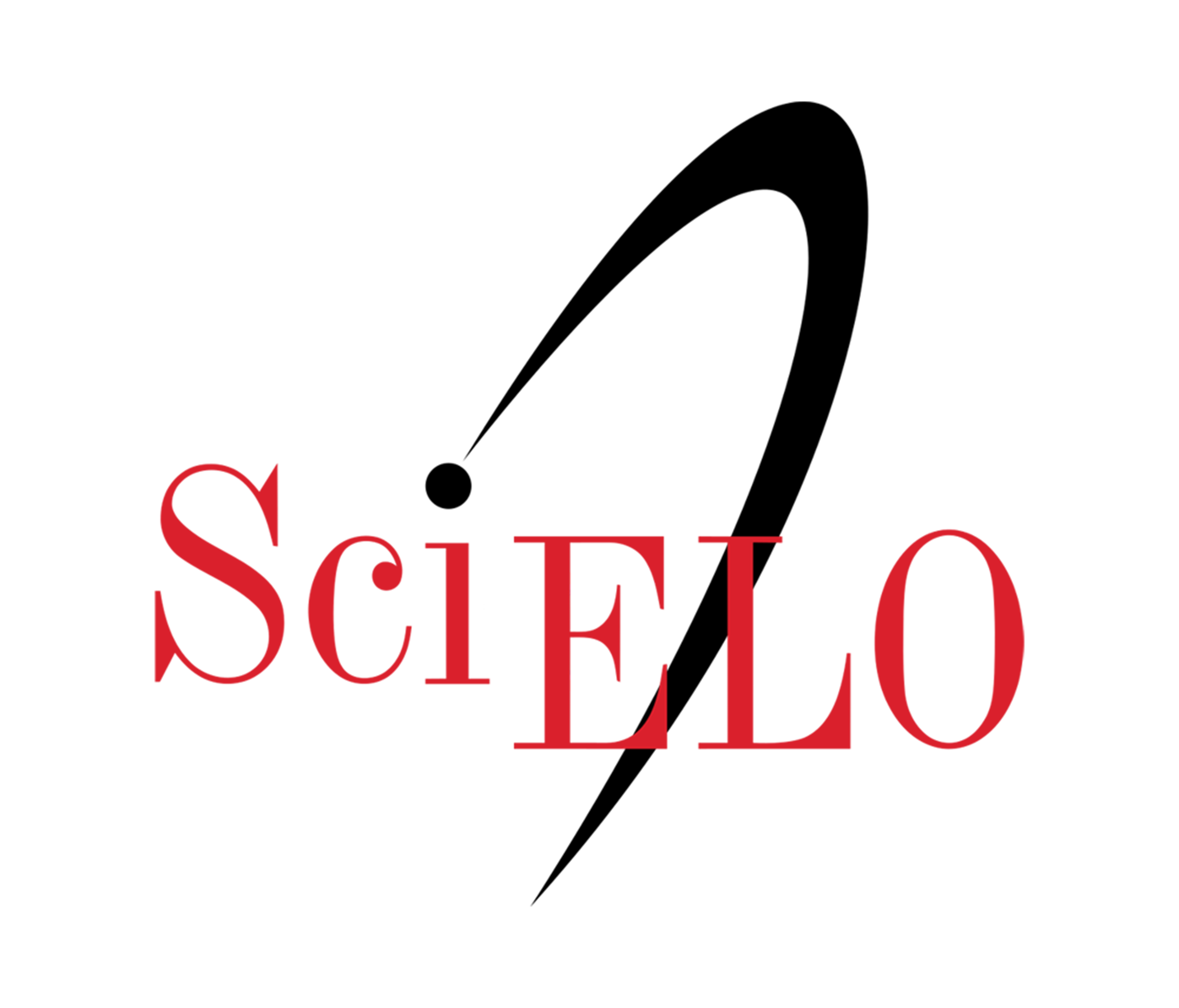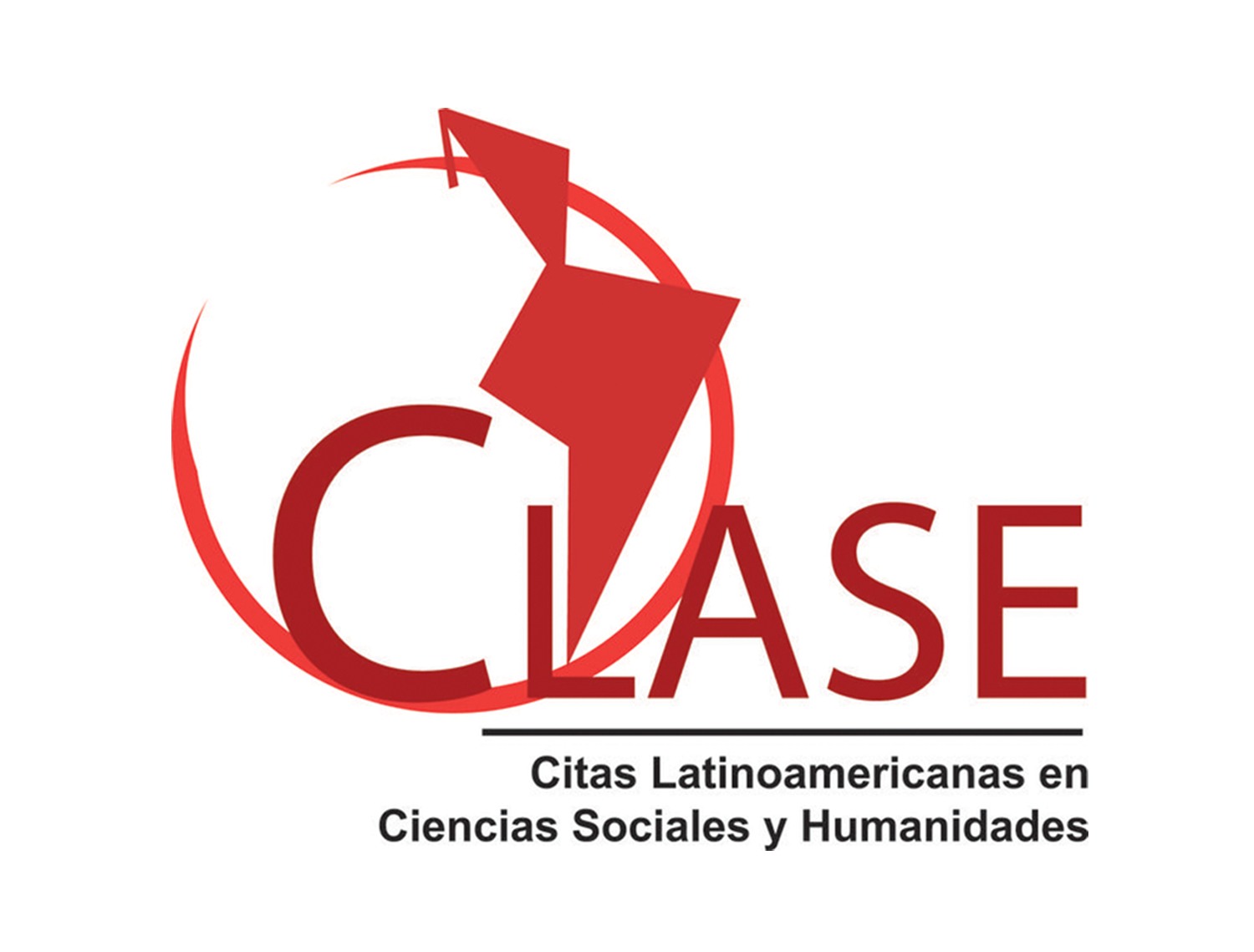The Establishment of the Mexican Archaeological Heritage as a Tourism Resource in the Second Half of the XIX Century
DOI:
https://doi.org/10.22234/recu.20210901.e528Keywords:
Archaeology, nationalism, tourism, cultural historyAbstract
The objective is to understand the process by which archaeological heritage, before being intervened for consumption, became a fundamental tourist resource to build the image of Mexico as a travel destination. This occurs in the exploration stage of the Tourism Area Life Cycle, in the second half of the 19th century, through the reinforcement of the formal values and the visitor experience and its social construction as distinguishing values and capacity visitor attraction; and participants internal and external actors from the development of discursive strategies and actions that will be analyzed, through the kind of nationalism fostered in that period, the public actions related to the development of archeology and accounts of North American travelers, in order to identify the distinguishing observed qualities in the heritage and with different scope that position it as a tourist resource and justified its transformation into a tourist attraction.
Downloads
References
Acerenza, M. A. (2006). Conceptualización, origen y evolución del desarrollo del turismo. México: Trillas.
Anónimo (8 de agosto de 1895a). Exploraciones científicas. Una ciudad enterrada, El Universal, p. 6.
Anónimo (14 de agosto de 1895b). El hueso fósil de Tequixquiac. Excitativa a la junta organizada del Congreso de Americanistas, La Voz de México, p. 1.
Anónimo (25 de octubre de 1895c). El XI Congreso Internacional de Americanistas, El Tiempo.
Anónimo (5 de noviembre de 1895d). Excursión a San Juan Teotihuacán, El Universal, p. 4.
Anónimo (2 de octubre de 1898). Strange pyramid discovered in Mexico. Greatest pyramids in the world are now fund on this continent. The San Francisco Call, p. 25.
Anónimo (1899). Una excursión a San Juan, La Patria, p. 3.
Anónimo (23 de enero de 1909a). Tourist are welcome guests. The Mexican Herald, p. 1.
Anónimo (26 de enero de 1909b). Trip to pyramids, The Mexican Herald, p. 12.
Anónimo (8 de mayo de 1909c). Habrá plaza de toros, El Diario, p. 3.
Bernal, I. (1992). Historia de la arqueología en México. México: Porrúa.
Brocklehurst, T. (1883). Mexico to-day: a Country with a Great Future and a Glance at the Prehistoric Remains and Antiquities of the Montezumas. London: John Murray. https://archive.org/details/b24868267/page/n9
Bullock, W. (1824). Six Months’ Residence and Travels in Mexico. London: John Murray. https://archive.org/details/gri_sixmonthsres00bull/page/n7
Butler, R. W. (1980). The Concept of Tourism Area Cycle of Evolution: Implications for Management of Resources. Canadian Geographer, 24, 5-12.
Cramaussel, Ch. (2005). Imagen de México en los relatos de viaje franceses: 1821-1862. En J. Pérez (Ed.) México Francia. Memoria de una sensibilidad común siglos XIX y XX, (s/p). Tomo I. México: CEMCA. https://books.openedition.org/cemca/4080?lang=es
Chambers Gooch, F. (1887). Face to Face with the Mexicans. The Domestic Life, Educational, Social and Business Ways, Statesmanship and Literature, Legendary and General History of the Mexican People as Seen and Studied by an American Woman during Seven Years of Intercourse with them. New York: Fords, Howard and Hulbert. https://archive.org/details/facetofacewithm00iglegoog/page/n447
Evans, A. (1870). Our Sister Republic: aGala Trip through Tropical Mexico in 1869-70. Adventures and Sight-seeing in the Land of the Aztecs with Picturesque Descriptions of the Country and the People and Reminiscences of the Empire and its Downfall. Hartford, Conn[ecticut]: Columbian Book Company. https://archive.org/details/OurSisterRepublicMexico1870/page/n3
Florescano, E. (2002). Imagen e historia. En E. Florescano (Coord.) Espejo mexicano. pp. 11-47. México: Conaculta, Fondo de Cultura Económica.
Giménez, G. (2005). Teoría y análisis de la cultura. Vol. 1. México: Conaculta, Icocult.
Gray, A. Z. (1878). Mexico as it is. Being Notes of a Recent Tour in that Country with some Practical Information for Travellers in that Direction, as also some Study of the Church Question. New York: E. P. Dutton and Company. https://archive.org/details/mexicoasitisbein00gray/page/n7
Gutiérrez, N. (2012). Mitos nacionalistas e identidades étnicas: los intelectuales indígenas y el Estado mexicano. México: Plaza y Valdés, Conaculta.
Hiernaux-Nicolás, D. (2002). Turismo e imaginarios. En D. Hiernaux-Nicolás, A. Cordero y L. van Duynen, Imaginarios sociales y turismo sostenible Cuaderno de Ciencias sociales 123. pp. 7-36. Costa Rica: FLACSO. http://biblioteca.clacso.edu.ar/ar/libros/costar/cua123.pdf
Illades, C. (2002) Viajeros y utopías en el siglo XIX. Revista de la Universidad de México 616, 8-22.
INAH (2020) Estadísticas de visitantes 2019. https://www.estadisticas.inah.gob.mx/
Lacarrieu, M. (2016). La alteridad y el exotismo en clave patrimonial turística. Aportaciones de la antropología. Quaderns, 32, 123-143.
Litvak, J. (1993) Todas las piedras tienen 2000 años. México: Trillas.
Lombardo, S. (1993). La visión actual del patrimonio cultural arquitectónico y urbano de 1521 a 1900. En E. Florescano (Comp) El patrimonio cultural de México. pp. 170-171. México: Fondo de Cultura Económica, Conaculta.
Mayer, B. (1847). México, como era y como es. https://es.wikisource.org/wiki/México,_como_era_y_como_es
Morales, G, Hernández, J. M. (2011). Los stakeholders del turismo. Tourism & Management Studies 1, 894-903.
Navarro D. (2015), Recursos turísticos: conceptualización, clasificación y valoración. Cuadernos de Turismo, 35, 335-357. https://doi.org/10.6018/turismo.35.221641
Ober, F. (1885). Travels in Mexico and Life among the Mexicans. Boston: Estes and Lauriat. https://archive.org/details/travelsinmexicol00ober/page/n7
OMT (2019). Panorama del turismo internacional. Edición 2019. https://www.e-unwto.org/doi/pdf/10.18111/9789284421237
Pérez J. (2002). John Lloyd Stephens. Los indígenas y la sociedad mexicana en su obra. En M. Ferrer (coord.) La imagen del México decimonónico de los visitantes extranjeros: ¿un estado-nación o un mosaico plurinacional? pp. 195-216. México: UNAM.
Pérez, R. (2006). Down Mexico Way. Estereotipos y turismo norteamericano en el México de 1922. Cuadernos de Patrimonio y Turismo Cultural 14, 14-32.
Pletcher, D. (1953). México campo de inversiones norteamericanas 1867-1880. Historia Mexicana, 2(4), 564-574.
Riggs, S. (1929). El estado de la Arqueología en los Estados Unidos y la deuda de Norteamérica a España. Discurso pronunciado ante la Real Academia de la Historia el día 31 de mayo de 1929. Boletín de la Real Academia de la Historia 94, 633-654.
Sanborn, H. (1886). A Winter in Central America and Mexico. Boston: Lee and Shepard Publishers. https://archive.org/details/winterincentrala00sanbrich/page/6
Sánchez A., Vargas, E. y Castillo M. (2017). Origen, concepción y tratamiento del ciclo de vida de los destinos turísticos: Una reflexión entorno al modelo de Butler. Compendium, 20(38), 1-10.
Sarabia, A. (2008). Más de cien años de exploraciones en la Pirámide del Sol. Arqueología Mexicana, 16(92), 18-23.
Schávelzon, D. (1983). La primera excavación arqueológica de América. Teotihuacán
en 1676. Anales de Antropología, 20(1), 121-135.
http://revistas.unam.mx/index.php/antropologia/article/viewFile/413/393
Stephens, L. J. (1992). Incidentes de viaje en Yucatán. Mérida: San Fernando.
Vázquez, L. (1993). Historia y constitución profesional de la arqueología mexicana (1884-1940). En M. T. Cabrero (Ed.) II Coloquio Pedro Bosch-Gimpera. pp. 36-77. México: Instituto de Investigaciones Antropológicas, UNAM.
Wilson, R. (1856). Mexico: its Peasants and its Priests. Adventures and Historical Researches in Mexico and its Silver Mines during Parts of the Years 1851-52-53-54 with an Exposé of the Fabulous Character of the Story of the Conquest of Mexico by Cortez. New York: Harper and Brothers. https://babel.hathitrust.org/cgi/pt?id=yale.39002005504163&view=1up&seq=9
Published
How to Cite
Issue
Section
License
Copyright (c) 2021 Eréndira Muñoz Aréyzaga

This work is licensed under a Creative Commons Attribution 4.0 International License.
Culturales journal allows you to share, copy and redistribute the material in any medium or format; adapt, remix, transform, and build upon the material for any purpose, including commercially, by properly crediting the work and providing a link to the license indicating whether changes have been made.
Culturales journal is licensed under the Creative Commons Attribution 4.0 International License (CC BY 4.0)























